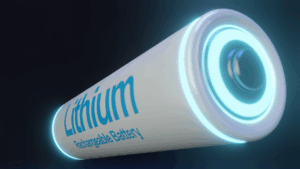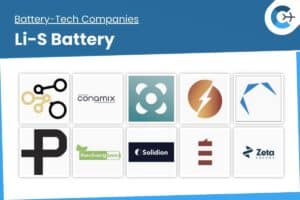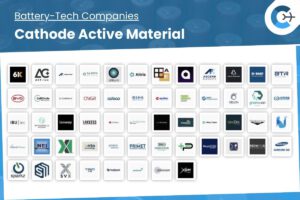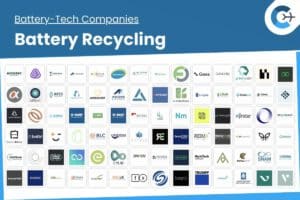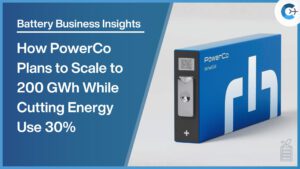A recent report by the International Energy Agency (IEA) highlights opportunities for Korea to accelerate its progress toward carbon neutrality by expanding investment in renewables and clean energy technologies. Korea’s Carbon Neutrality Act of 2021 established a legally binding target to achieve net-zero emissions by 2050, with a 2030 milestone for interim reductions. While the country has stabilized and slightly reduced greenhouse gas emissions from their 2018 peak amid solid economic growth, full decoupling of emissions from economic activity remains a challenge, in part due to coal accounting for over one quarter of electricity generation.
Electricity demand in Korea is expected to rise sharply, driven by the electrification of buildings, transport and industry, along with increased power consumption from air conditioning, semiconductor manufacturing and data centers. The IEA emphasizes the need for significant investment in diverse zero- and low-emissions generation sources, reinforced grid infrastructure and effective market arrangements. Reforming the wholesale electricity market could attract further investment and deliver efficient price signals.
Although the share of renewables in Korea’s electricity mix has nearly doubled over the past five years, it remains the lowest among IEA member countries. Contributing factors include limited available land, a high proportion of forested areas and local opposition to new infrastructure. Addressing these barriers will require robust planning, a clear national strategy for public engagement and the development of energy storage markets to integrate variable renewable generation effectively.
Korea’s 2019 hydrogen roadmap, which prioritizes transport, buildings and power, positions the country as an early mover in low-emission hydrogen deployment. The IEA suggests that clearer policy frameworks for hydrogen’s role in hard-to-abate sectors—such as industry and heavy-duty transport—and transparent rules for hydrogen infrastructure would accelerate adoption.
Korea’s Emissions Trading System, covering about 80% of national emissions, faces low prices and limited liquidity. Enhancements such as increasing auction volumes, widening market participation and introducing a stability mechanism could improve price discovery and alignment with climate goals.
Institutional reforms, including the establishment of a Ministry of Climate, Energy and Environment and an independent energy regulator, can strengthen coordination, transparency and consumer protection. Finally, Korea’s strengths in heavy industry, semiconductors, advanced batteries, consumer electronics and nuclear technology offer opportunities to align its industrial expertise with energy transition objectives, bolster competitiveness and support international decarbonization efforts.
Source: IEA News





